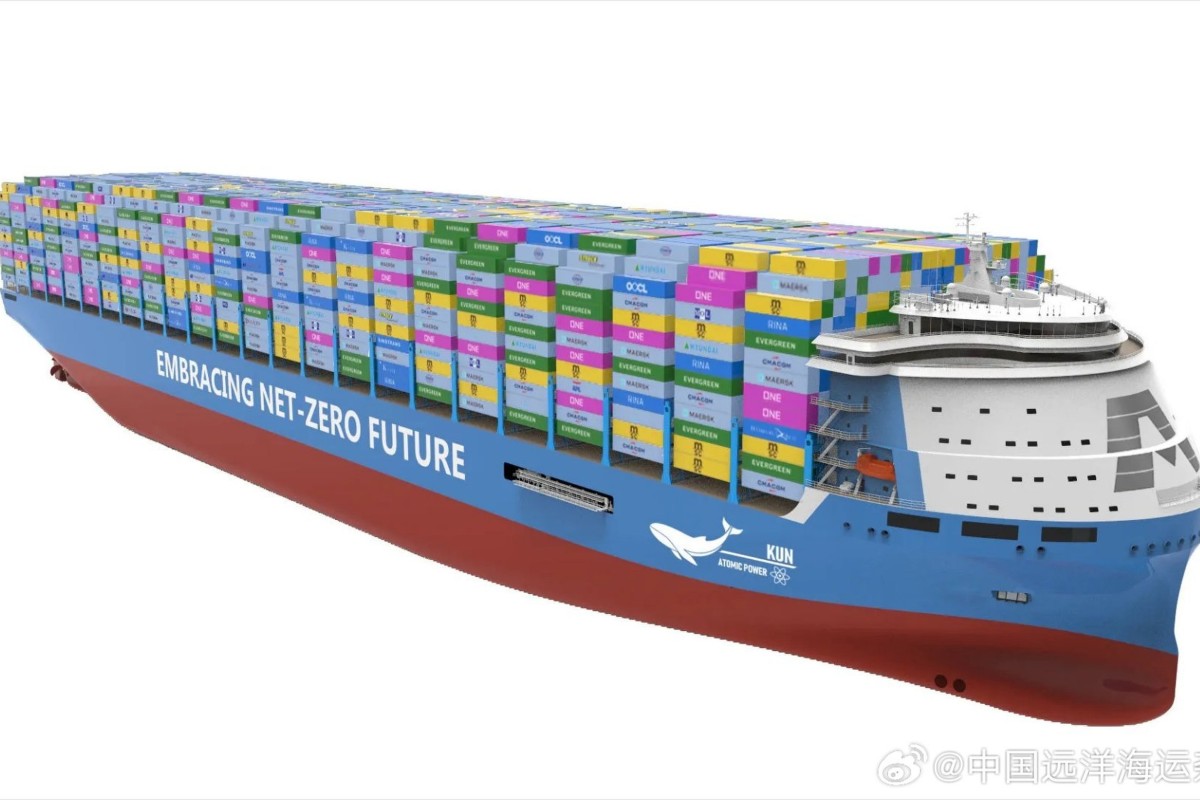Here the KUN-24AP container ship would be a massive departure with its molten salt reactor. Despite this seemingly odd choice, there are a number of reasons for this, including the inherent safety of an MSR, the ability to refuel continuously without shutting down the reactor, and a high burn-up rate, which means very little waste to be filtered out of the molten salt fuel. The roots for the ship’s reactor would appear to be found in China’s TMSR-LF program, with the TMSR-LF1 reactor having received its operating permit earlier in 2023. This is a fast neutron breeder, meaning that it can breed U-233 from thorium (Th-232) via neutron capture, allowing it to primarily run on much cheaper thorium rather than uranium fuel.
An additional benefit is the fuel and waste from such reactors is useless for nuclear weapons.
Another article with interviews: https://gcaptain.com/nuclear-powered-24000-teu-containership-china/



I can believe the goal of an industrial prototype fusion reactor by 2035.
The problem is reactors are extremely complex and it’s become very clear that size matters for a self sustaining reaction. China’s EAST reactor breaks a new milestone every year - http://english.ipp.cas.cn/news/202112/t20211231_295486.html
I think they’re totally wrong about large scale commercial use by 2050 though, fusion is likely to be incredibly expensive and the fuels we’re fusing create highly radioactive waste. There are few terrestrial applications for something that will likely cost 10-20x solar and wind, and optimistically 3-4x nuclear fission.